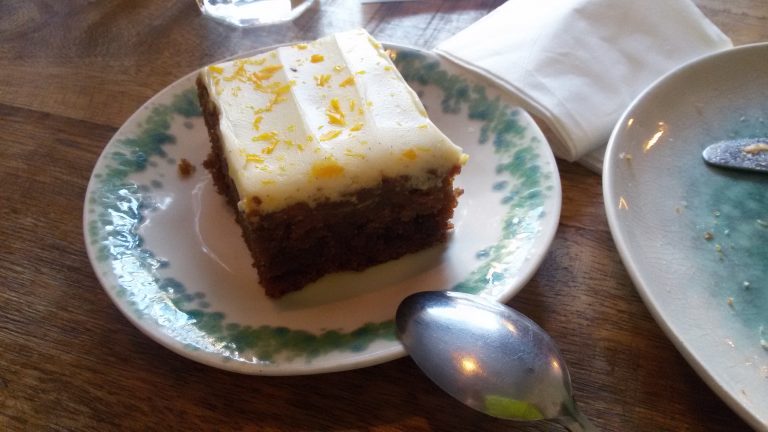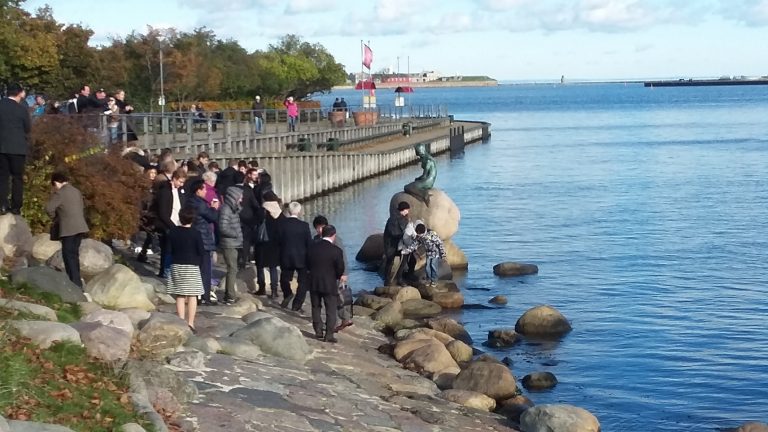
The 26th Alzheimer Europe meeting was held in Copenhagen. And as members of the World Young Leaders in Dementia we were there to enjoy a hugely varied conference on the theme “Excellence in dementia research and care”. The conference welcomed policy makers, clinicians, scientists, psychologists, therapists, artists, advocates and people with a diagnosis of dementia and their carers from across Europe working together to tackle the challenges of dementia.
INTERDEM workshop
On the first day Alzheimer Europe hosted an INTERDEM workshop. INTERDEM is a great research network researchers assessing psychosocial interventions for people with dementia and the experiences of people with dementia. It was founded in 1999 and has gradually extended its focus, most notably to include design and environmental issues. One exciting new development that came up in the meeting is the concept of “social health” stressed by Prof. Myrra Vernooij-Dassen.
The INTERDEM Academy is a network of PhD Students and Post-Docs organizing meetings and fostering collaboration for younger colleagues and a new generation of researchers. Their website is highly recommended, in particular there is a “publication of the month” section that honours important contributions in the field of dementia research.
Highlights from the sessions
From the opening speech of the conference: “Dialogue with & involvement of people with dementia must be key focus in developing national dementia strategies”
The sessions were a mixture of world-leaders in the dementia field and young researchers presenting their data. One of the best talks of the conference was delivered by such an early career researcher. Jemima Dooley from the University of Exeter (UK) presented results from a fascinating study where she placed a camera in the consulting room of doctors delivering the diagnosis of dementia to patients. She was able to analyse the conversations and language to find examples of good practice and highlight techniques and approaches that might confuse patients and their relatives.
In the morning session of day 2, a highlight in the residential care session was Lena Rosenbergs’ talk. She spoke about shared spaces in Swedish nursing homes. She studied how spaces are used in everyday life including design, but also aspects of routine and social expectation. This project contributes to what we know about creating a feeling of home and fostering participation of people with dementia living in residential care.
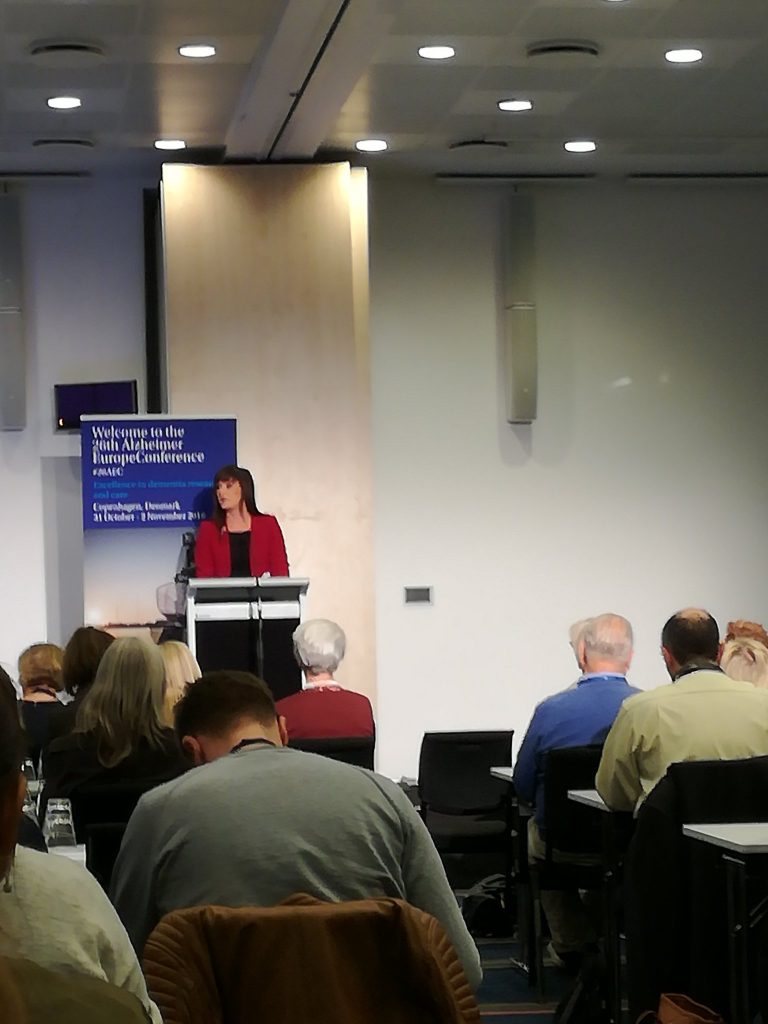
Among the ‘bigger hitters’ the European Prevention of Alzheimer’s Disease (EPAD) project presented at a number of sessions. They described a paradigm shift currently under way in the diagnosis of dementia to move from a solely clinical diagnosis to a pre-symptomatic diagnosis of ‘prodromal’ Alzheimers disease. Prof Craig Ritchie (University of Edinburgh, UK) outlined this most eloquently, explaining that the pre-symptomatic window provides an opportunity to intervene with potential disease modifying therapies. Richard Milne (University of Cambridge, UK) explained the ethical challenges involved with labelling people with a disease before they are symptomatically and functionally affected, and how those are being addressed in the EPAD study.
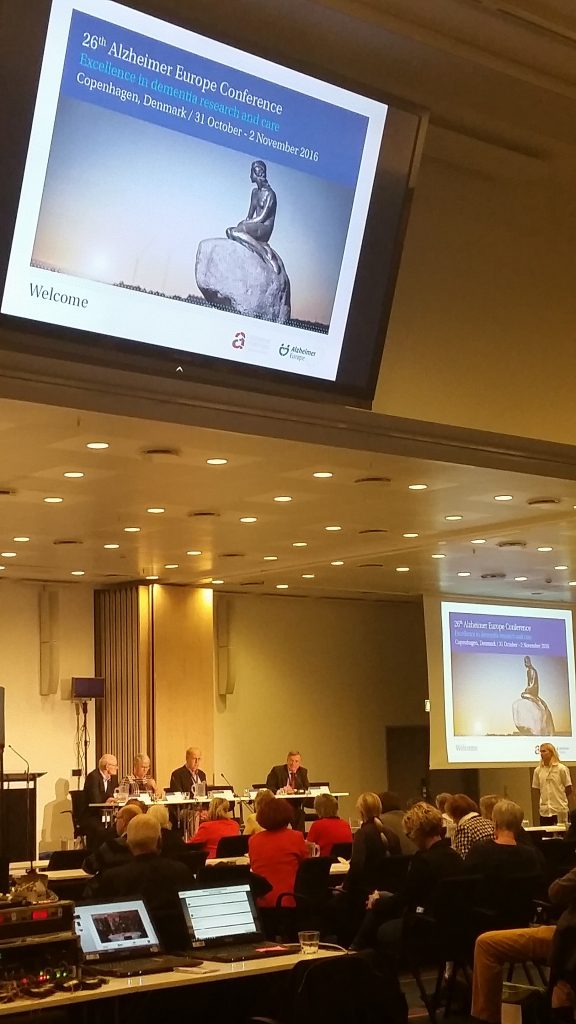
Making dementia a public health priority” was the topic of the round table discussion on Wednesday November 2nd. Herta Adams from the European Commission highlighted the importance of human rights and the involvement of the needs of people who are affected with dementia. Tarun Dua (World Health Organization) called for real action, after developing the Global Action Plan on dementia and several National Dementia Strategies: “It’s now the time to make sure, it won’t remain plans on paper!”. Anne Caleux (Luxemburg Ministry of Health) agreed that “the conclusions need to be filled with life now!” Mogens Hørder (Joint Programme Neurogenerative Diseases Research) explained how important it is that JPND focuses even more on social care and public health and highlighted the importance of involving people who are affected with dementia in research. Hillary Doxford (World Dementia Council) emphasized this as a person living with dementia and says she wants to carry on to do as much as she can to support by talking and collaborating – “because we are actually part of all your work and all your plans”.
Posters
The poster sessions were a chance to see up and coming projects. We particularly enjoyed talking to Matthew from the Ally Bally Bee project. They are a team from Scotland, Finland and Sweden working together on a personalised book to introduce young children to dementia and how it affects the brain. They hope to have the final version of the book in February and we can’t wait to read it.
On behalf of WYLD we presented a poster on our study of dementia friendly logos around the world (read more here), finding both similarities and differences in the colour schemes and shapes used in a wide range of countries. This was based on fantastic work by Clare Walton, Laura Booi, Kristine Newman and William Hu, all members of the WYLD steering committee.
In addition, Kasper Bormans, a WYLD member, presented an app to help people with dementia familiarise themselves with their surrounds. The app helps people to associate objects around the house with particular people (see his TED talk here).
Social media
The twitter activity throughout the conference was relentless. We kept up a twitter commentary as best we could, and were joined by many others in commenting, informing and linking to additional information. We made a number of new friends through this activity as well as keeping up with old ones.
New members
We were given an information desk right next to Alzheimers Disease International, where we were able to stop and chat to people about WYLD. Thanks to Alzheimer Europe for being so supportive!
It was a great pleasure to meet young researchers, clinicians, psychologists and activists from around Europe and beyond. It was noticeable that many more younger people were at the conference this year, something we welcome wholeheartedly!
It was a particular pleasure to spend some time with Olivier Constant from the Flanders Expertise Centre on Dementia in Belgium (find them on twitter here). Having had some contact through the twittersphere, it was great to meet in person and find out he’s a great guy as well as contributing to an amazing project.
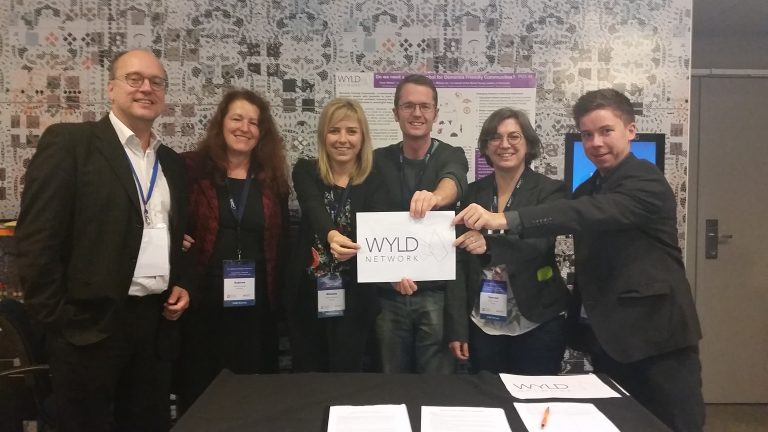
Atmosphere
On the final day of the conference there was a technical hitch while Geoff Huggin’s (Director for Health and Social Care Integration for the Scottish government) presentation was being loaded. Rather than wait, he filled the time by explaining why he enjoyed the Alzheimer Europe conference. He explained that he enjoyed the atmosphere since it was much less medicalised than other conferences on dementia. We agree, and a key part of many sessions was the involvement of people with dementia. This kept the focus on issues facing them day-to-day and that interventions should make meaningful differences to their lives.
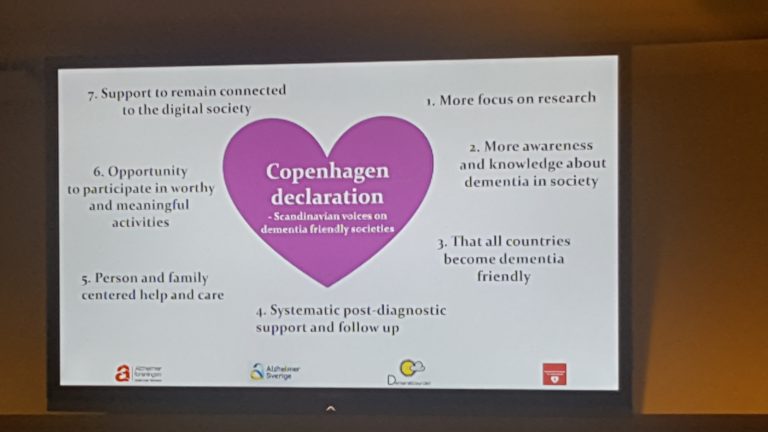
Conclusion
The conference was a real success in highlighting the ways in which a person-centred and rights-based approach to dementia can be translated practically, whether it be in national or European policy, or in designing a small local project. We met so many interesting people from a whole range of backgrounds. We’ll be back next year in Berlin!
Tim Rittman, Wienke Jacobsen and Verena Tatzer
With thanks to Kasper Bormans and Olivier Constant for photos
